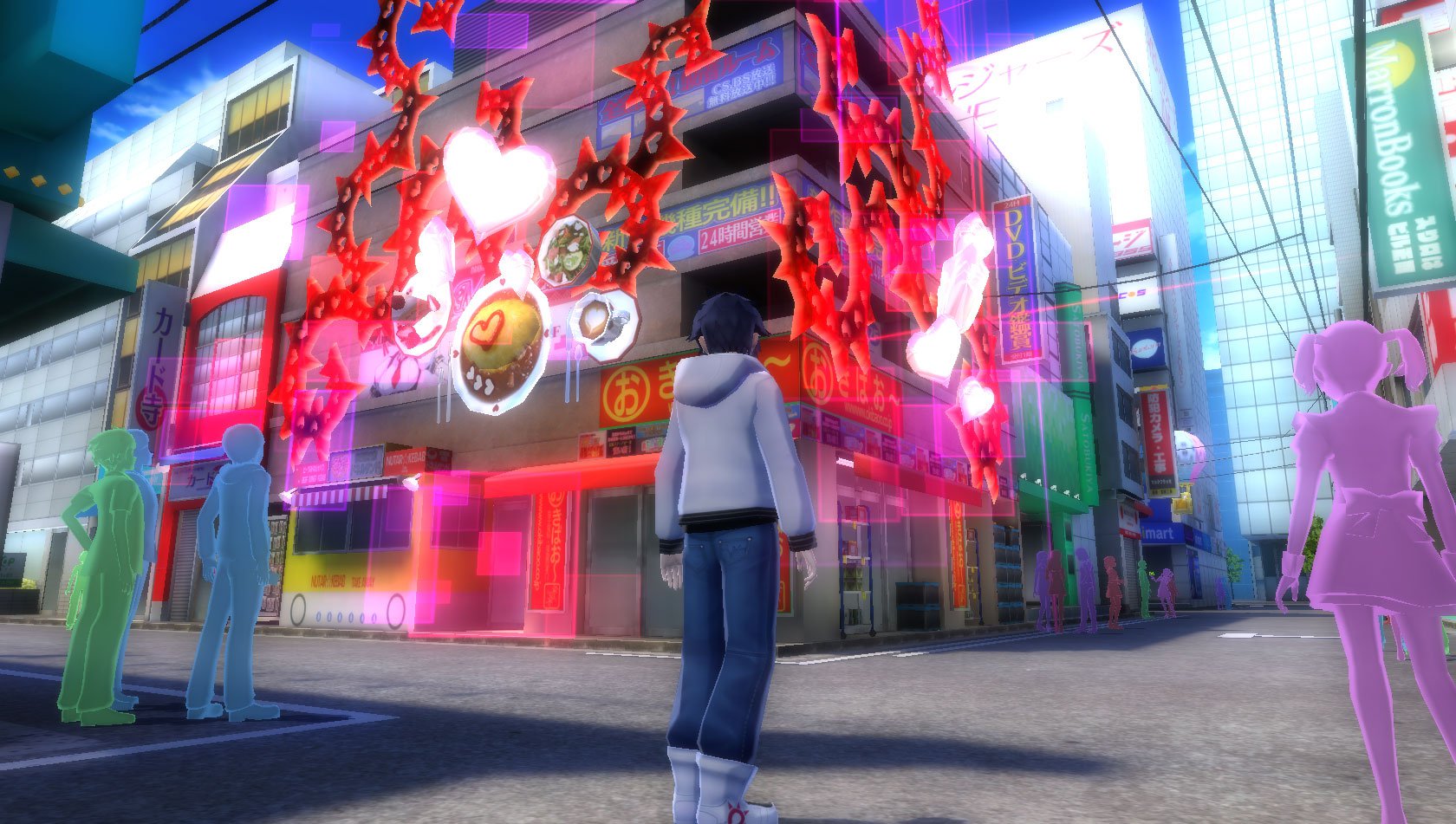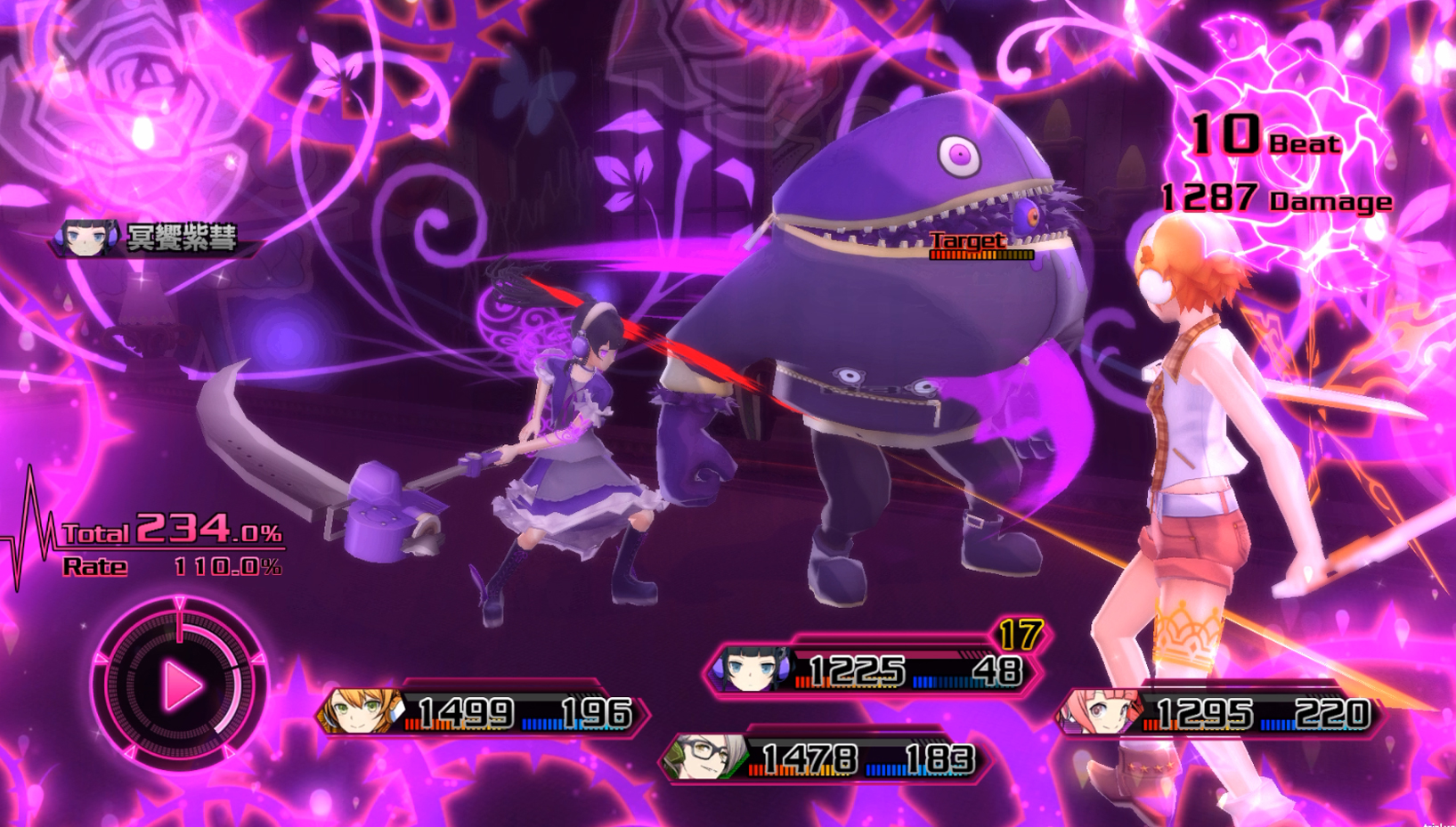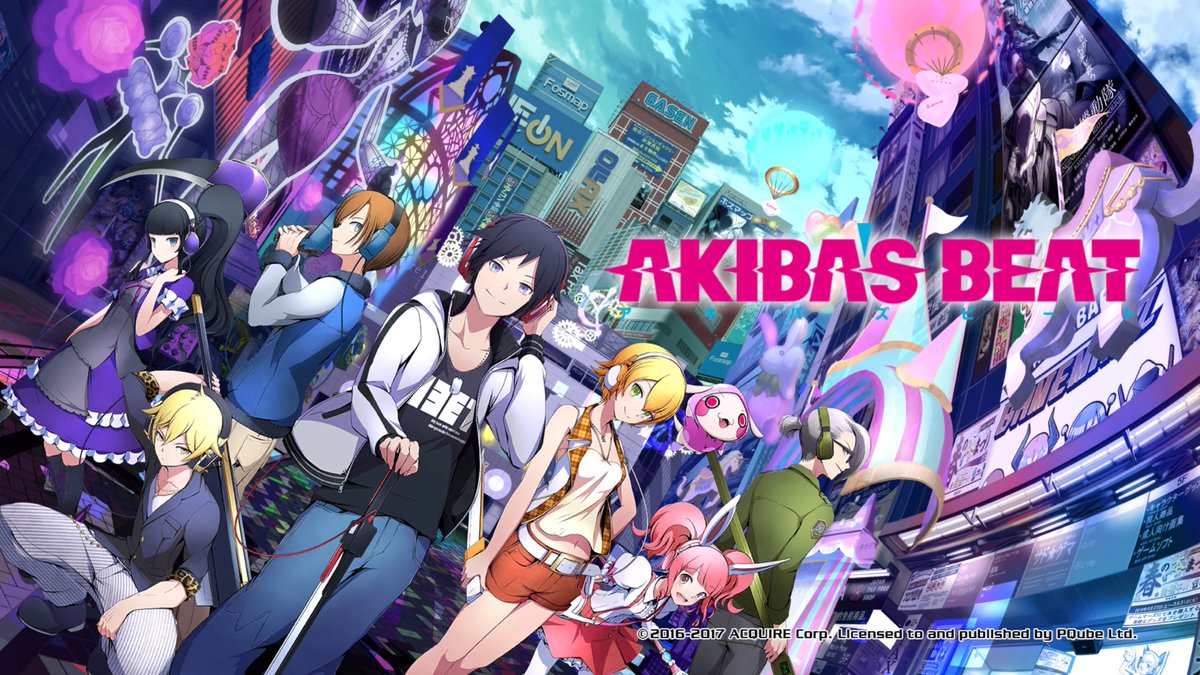Game: Akiba’s Beat
Consoles: PS4 (reviewed), PS Vita
Publisher: Xseed Games
Developer: Acquire
The Akiba series fills a niche for a subset of gamers. Their themes of Otaku culture present themselves well to those who are huge fans of current Japanese trends. Akiba’s Trip and Akiba’s Trip: Undead and Undressed are quirky beat ’em ups that primarily took place within the bustling city of Akihabara. Those games may not have garnered a ton of critical acclaim, but the fans who did discover both titles treated them with more adoration. Akiba’s Beat moves away from the direct conflict and Akihabara store touring seen in past titles and presents an action RPG system and simpler means of exploration. These changes improve and also hurt a game that’s potential isn’t fully realized.
Akiba’s Beat premise is outlandish – the always bustling city of Akihabara suddenly becomes overrun by delusions and the dungeons sprung up from them (“Delusionscapes”). Asahi, an incredibly lazy NEET (“Not in Employment, Education, or Training”) realizes he can recognize this mysterious phenomenon after finding out he’s trapped within a temporal loop. Everyday is Sunday, which forces him to tackle the delusions head on and figure out a way to break the loop and restore order to Akihabara. Asahi comes across a host of party members, support characters, enemies and other mysterious individuals. There’s a lot of story being told here, which means you’ll find yourself doing a ton of reading/listening and less traversing. From time to time, you’ll come across moments that elicit laughs. The lighthearted nature of this sequel is apparent as you see how Asahi interacts with his friends and foes during the most harrowing of situations. But the game is packed to the brim with dialogue sequences that run extremely long from time to time. If your patience levels are low, then you’ll quickly grow tired of the game’s proceedings during its opening hours.

When you’re finally freed from following a lengthy conversation, you’ll get to guide Asahi all over Akihabara. While this Japanese wonderland looks bright and wonderful, actually exploring it is far less interesting than I imagined. Instead of walking into shops based on the actual stores present in Akihabara, you’ll simply stand outside similar shops that sell the same wares. The last two titles in the series gave you more of an open-world to travel through, but this sequel gives you less interesting locales to actually enter. Making your way around town becomes nothing more than a quick travel option since there’s nothing but faceless citizens and themed shops you can’t even truly access. The dungeons themselves have a lot more character to them, but you’ll soon discover that they’re nothing more than linear pathways to the main boss and nothing more.

So what elements of Akiba’s Beat are commendable then? Well, its battle system and concerted effort to represent Otaku culture. The action RPG mechanics should be familiar to those who’s mastered the Tales of… games – you’ll get to move one of four characters around a battlefield and combine basic strikes and special moves against your enemies. Over time, you’ll fill up the “Imagine Gauge,” which gives you access to an enhancement period (“Imagine Mode”). After pulling that maneuver off, you’ll get to turn up the heat by tapping into the “Imagine Field,” which makes you an unstoppable hero who’s backed up by a rocking tune. Each character comes equipped with a signature weapon and special abilities, which keeps battles interesting as you choose your favorites and utilize them. As for the themes present in the game, it does an awesome job of showcasing the hardcore fandom and style Akihabara is known for. Real-life Otaku’s and gamers who regard Japan as a dream destination will get a taste of that reality here. Both of these elements will push you farther into completing the game’s deep story.
Bottom Line

Akiba’s Beat feels like a slight step down from the series entries that came before it. Exploring Akihabara should feel like more of a merry activity, but the lack of open stores and actual locale interactivity are sore spots. The game would be better served as a visual novel since moving around the city is such a limited affair. There’s a lot of dialogue to soak in as well. While there’s a good amount of witty and dark characters to become enamored with during these sequences, the long run time of these moments can be tiresome to endure. But what strikes out as positives from this action RPG is its strong battle system, light hearted nature and dedication to the real-life Otaku lifestyle. What’s being offered here is decent, but its overall quality is hurt by some hard to overlook issues.
Score: 6/10
Pros:
- The efforts to expose players to Otaku culture are commendable
- The combat mechanics result in some fun battles
- There are humorous moments strewn throughout the game’s long journey
Cons:
- Making your way around Akihabara is shockingly boring
- The long dialogue sections can prove to be a chore to sit through at times
- Exploring the game’s many dungeons proves to be another tiresome activity